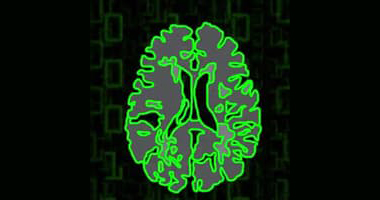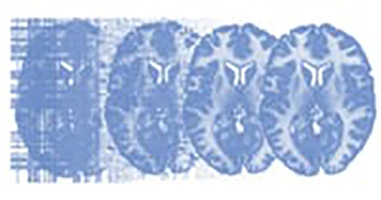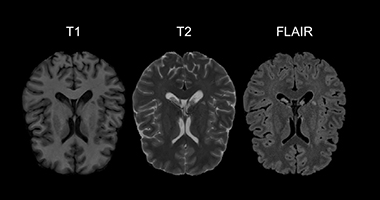
Introduction to Neurohacking In R
Neurohacking describes how to use the R programming language and its associated package to perform manipulation, processing, and analysis of neuroimaging data. We focus on publicly-available structural magnetic resonance imaging (MRI). We discuss concepts such as inhomogeneity correction, image registration, and image visualization.

Principles of fMRI
Part 1 of the course covers the design, acquisition, and analysis of Functional Magnetic Resonance Imaging (fMRI) data. A book related to the class can be found here.
Part 2 of the course covers the analysis of Functional Magnetic Resonance Imaging (fMRI) data. It is a continuation of the course “Principles of fMRI, Part 1”

Imaging in R
For this course we will provide tutorials on how to use R for structural magnetic resonance imaging (MRI) analysis. We will perform entire image analysis in R, from the scans in raw image format to the statistical analysis after image preprocessing, with an emphasis on reproducibility by using a single programming language. This course will use a real multiple sclerosis dataset and will show the steps of going from the raw image files to performing multiple sclerosis lesion classification with a number of classifiers entirely in R